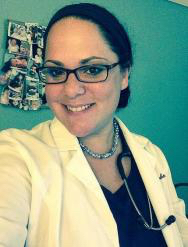In the United States, unintentional injury is the leading cause of death in children 0 - 19 years old.
.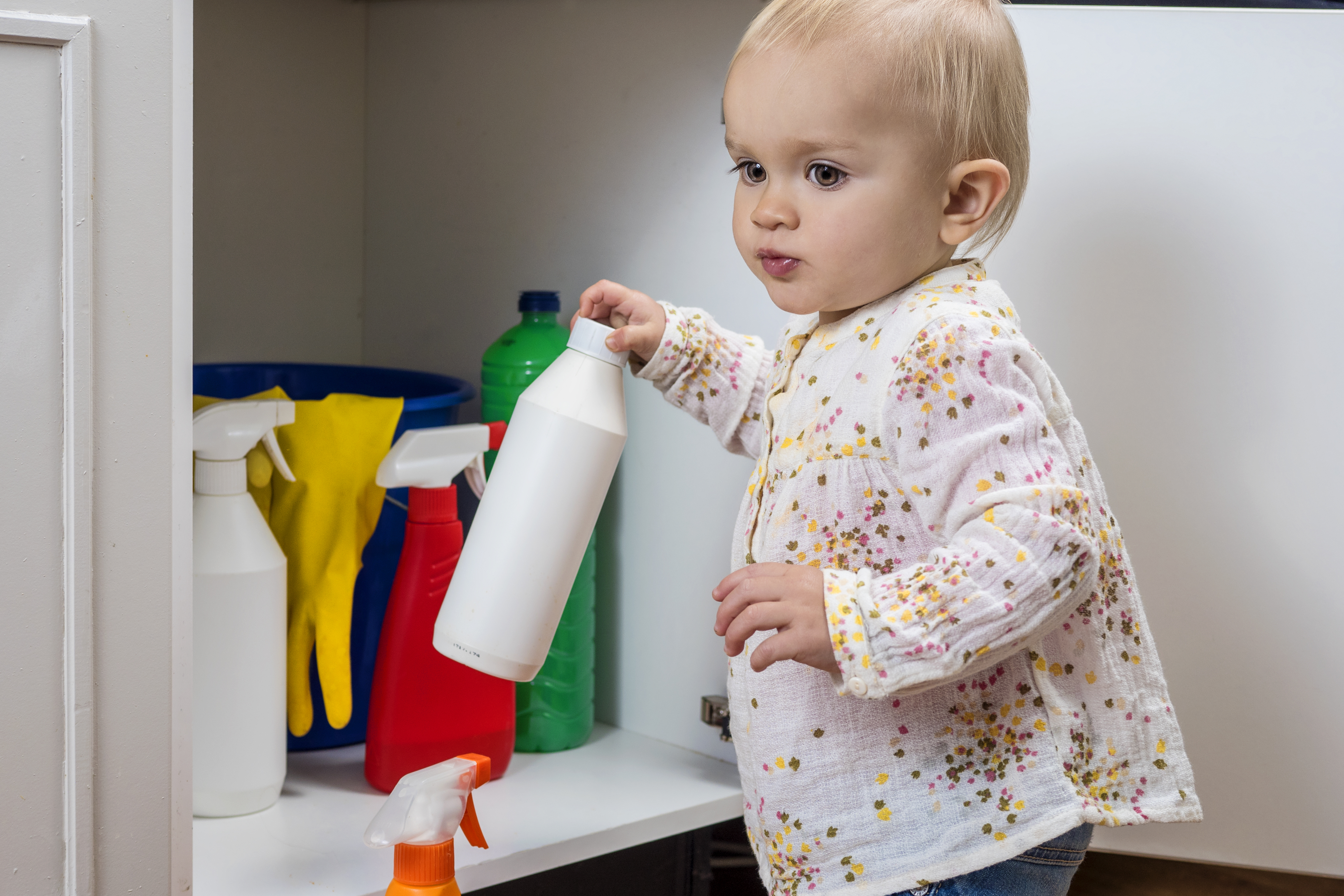 Be aware. Be proactive. We only have prevention.
Be aware. Be proactive. We only have prevention.
Newborns, Infants & Children
SAFE SLEEP ENVIRONMENT: position babies on back for all sleeptime, on a flat/firm mattress with no wedges, crib bumpers, heavy bedding or pillows. do not co-sleep (even if you are a "light sleeper". you are still a "very tired" parent). room sharing is encouraged. suffocation and SIDS risk is increased with bed sharing. check beds for gaps where baby or child can get wedged. use safety guards on sides of bed for toddlers. babyproof your toddler's room/your room and all other rooms by bolting dressers/bookshelves to walls, removing choking hazards/small toys and keeping any cords out of reach.
FALLS: always keep one hand firmly on the baby when changing diapers on a high surface such as a changing table or bed. never put the carseat on a counter, grocery cart or table. use babygates to block the top and bottom of all stairways and high risk areas such as the kitchen. do not use walkers. when your child is vaulting out of the crib, it's time for a floor mattress or toddler bed. keep windows locked unless they have a window guard in place.
CHOKING: keep small toys, jewelry, magnets, batteries, any small objects out of reach. use cabinet locks to keep child away from dangerous items. do not feed your child certain foods unless he/she is developmentally ready - ask us. always cut food into small pieces (then cut it all again). be careful to keep plastic bags out of reach (can cause choking or suffocation). eliminate hot dogs, grapes and hard candy from your grocery list until your kid is not a kid.
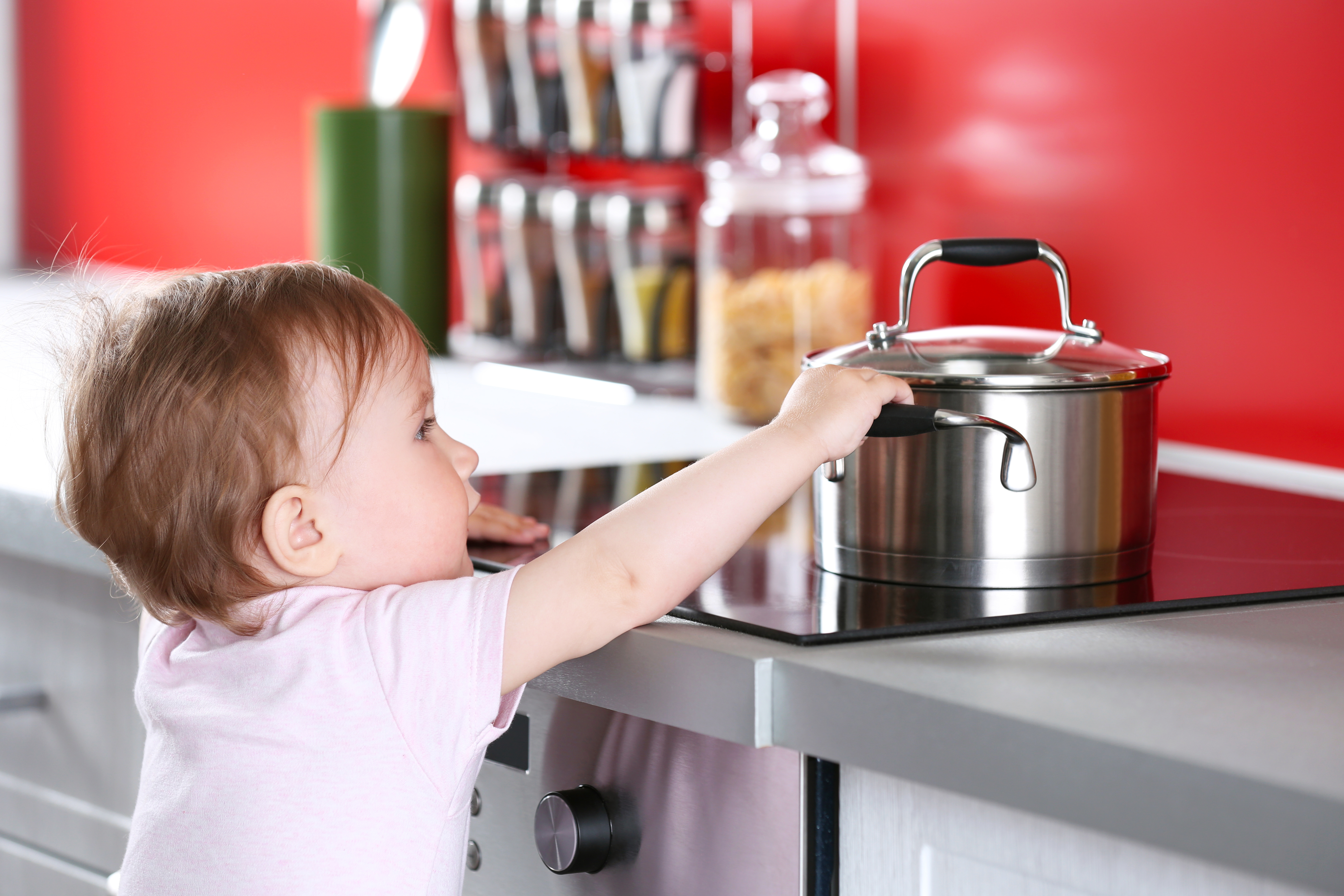
BURNS: set your hot water heater to <120 degrees to decrease the risk of burns. do not leave baby unattended at any time near faucets. keep pot handles turned in and supervise children around the stove. be careful about hot coffee/tea on tables/counters (especially in restaurants).do not use walkers - (baby may grab a hot object/cup otherwise out of reach). do not light candles in your home. just sniff them if you really need to. do have smoke alarms (carbon monoxide too).
POISONINGS: keep medications in child proof containers, labeled properly and high up. keep all cleaning supplies locked up and labeled. supervise your child indoors and outdoors near plants/flowers which may be toxic. post the poison control #(18002221222) in clear view for sitters and family members. then post a print out of this blog and give it to them.
DROWNINGS: do not leave ANY child unattended near ANY water. buckets of water, large bodies of water, pools or bathtubs. do not text or visit social media while bathing an infant or child. drowning is silent and quick. teach your children to swim at an early age. do not use walkers. learn CPR. then teach someone. Lock doors (high latch or chain?) to keep children from wandering outside where there can be dangers on neighboring properties.
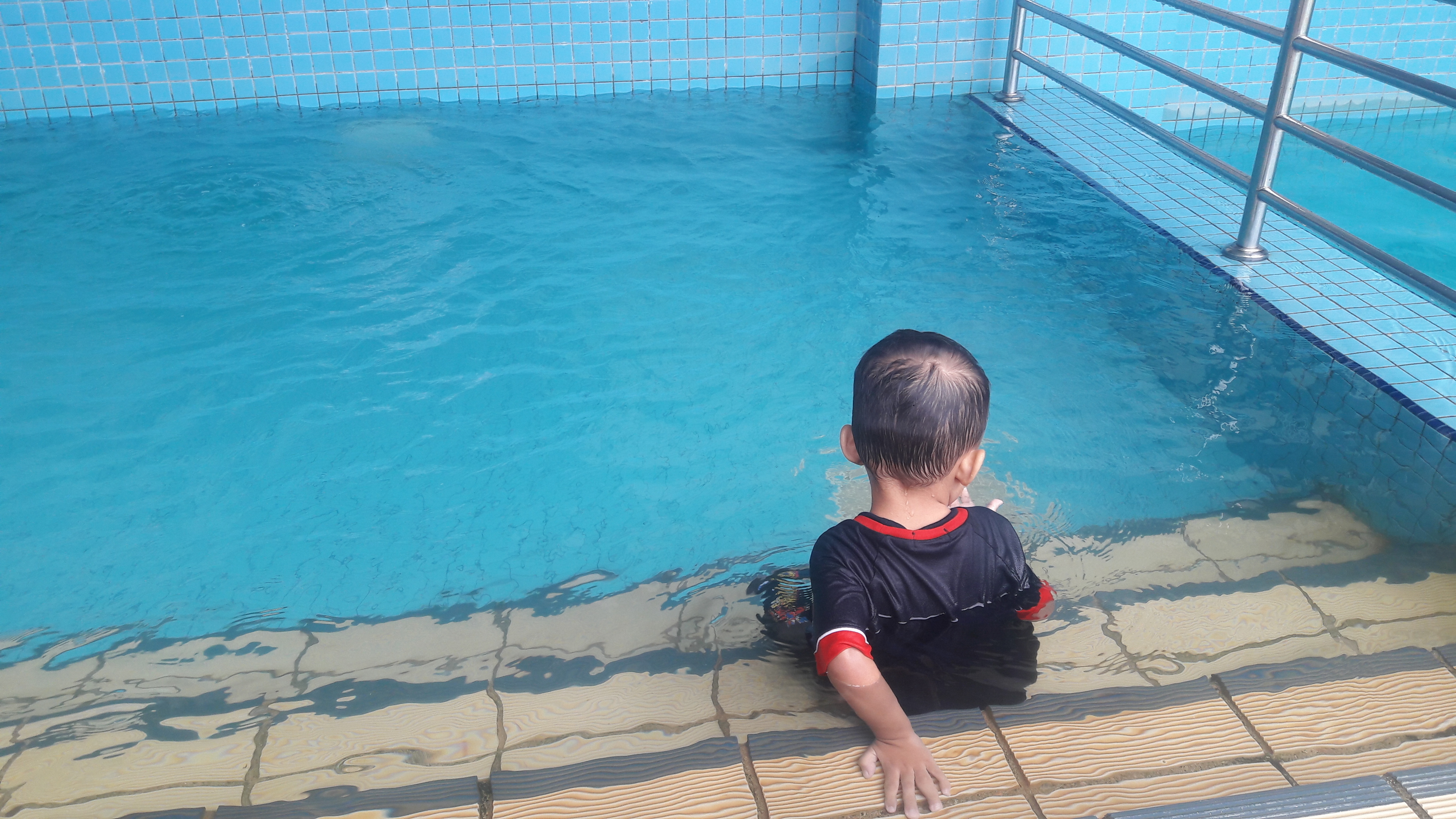
GUNS: keep guns locked up and out of reach, keep the bullets somewhere else, locked up and out of reach. then hide the keys. ask relatives and friends about guns before sending your child there for a playdate. limit exposure to video games/movies where there is gun violence. talk to your boys and girls about guns.
SEATBELTS: see healthychildren.org for carseat/seatbelt recommendations. do not let any child under 12 yo ride in the front seat. install carseat on middle seat if possible. remove coats prior to buckling carseats. chestpiece should be at nipple line. snug is good. loose is bad. limit carseat time for infants to prevent a flattened head and to encourage their physical development and emotional development. model safe behavior and buckle up.
Dr. S
Mindfulness is present in all of us. Mindfulness is an awareness of your thoughts, sensations and their interactions with your present experiences. I have recognized mindfulness in my own life and others. I have seen it be absent in the most innocent of ways. Mindfulness as a parent may mean placing your phone down and holding off on chores to play a puzzle or color with your toddler (being completely present). Mindfulness for others (as I’ve observed in a friend) means turning your dining room into a playroom. Rather than having pristine white wanescoating to match the interior decor of your ideal space, you replace it with drawings to teach your younger children about symbols and their second language. Mindfulness is stopping all that is part of chaotic daily life and breathing fresh air. 
You must clear your mind, noticed your surroundings, experience and sense what is around you just at that moment. When I incorporate this into my parenting, I am mindful to be more attentive to my children. I am more mindful to those moments when I am not. If you don’t recognize this, educate yourself and learn, then you can never grow in these positive experiences or foster your sense of mindfulness. On the drive to school, my young children comment on the beauty of the mountains. This is because I have been mindful to model this behavior and secure a sense of appreciation in them for the beauty of the Blue Ridge Mountains. Of course this is sometimes coupled with screaming arguments between siblings, whining about the seatbelt and my own desperate sips of coffee, but it is there. I look for it because I need to remember to be mindful throughout my days. We never have enough time. Not enough time to call our dearest friends for the long conversations we long for. Not enough time to complete all the tasks we think we need to do in a given day. Time will creep on. So take a breath, notice the moment, and realize the effect this practice of mindfulness can have on your life. The effect it can have on your children’s lives.

Allow your toddlers to explore and allow them to break branches, roll around in grass and play in the dirt. Allow your young children the freedom to be sensitive to their surroundings. Respect that they may be set extra sensitive to certain fabrics or textures. Allow that to be their own thing Teach your adolescents to put down the the screens and have real conversations with others. Encourage them to have experiences through living and not through social media. Teach your children to meditate at an early age. Deep breathing can be golden during temper tantrum‘s. Meditation can be useful for inducing sleep and helping with anxiety. Find joy in these times and realize that life is never perfect. The imperfections and crazy times should lead us to the recognition that we need mindfulness. Use your energy to focus on the present moments. This does not mean you abandon your goals, or your hopes for the future or your children’s futures. It just means that you stop and breathe. Walk through a creek in your bare feet whenever you can. Step on a snow-covered ground in your socks. Concentrate on the warmth of a fire or the heat blowing up through the vents of your floor. Fill your time with positive energy and model this for your children. It may help you to enjoy the art of parenting. You will always have moments filled with grief, doubt, conflict or anger.
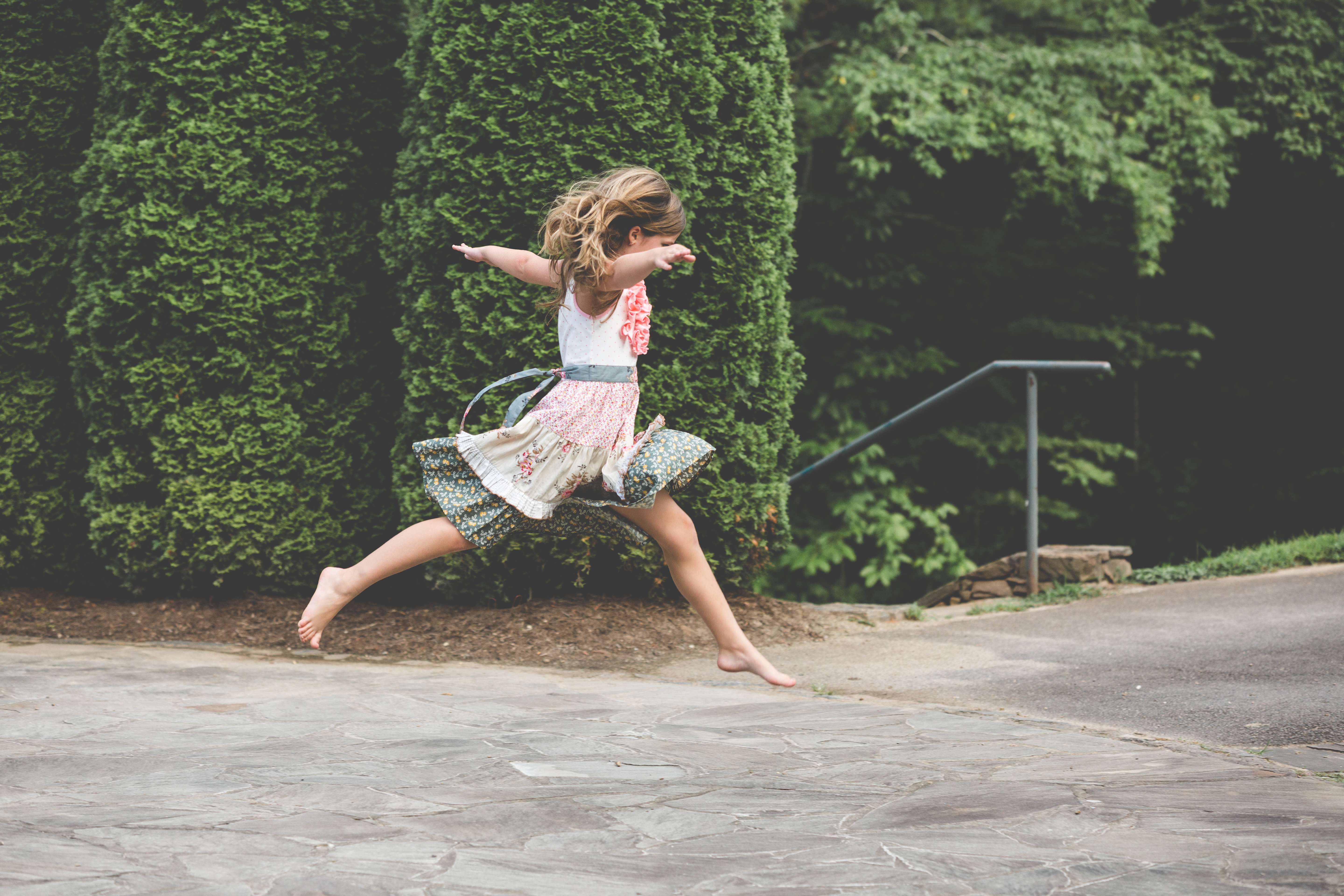
There will always be times that we are not present with our kids. Use these times to fuel your mindfulness. The beauty of it all is that you are capable and you can create a positive experience through these struggles. If you are mindful, conscious and intentional, you will learn how to incorporate this into your life.
Dr.S

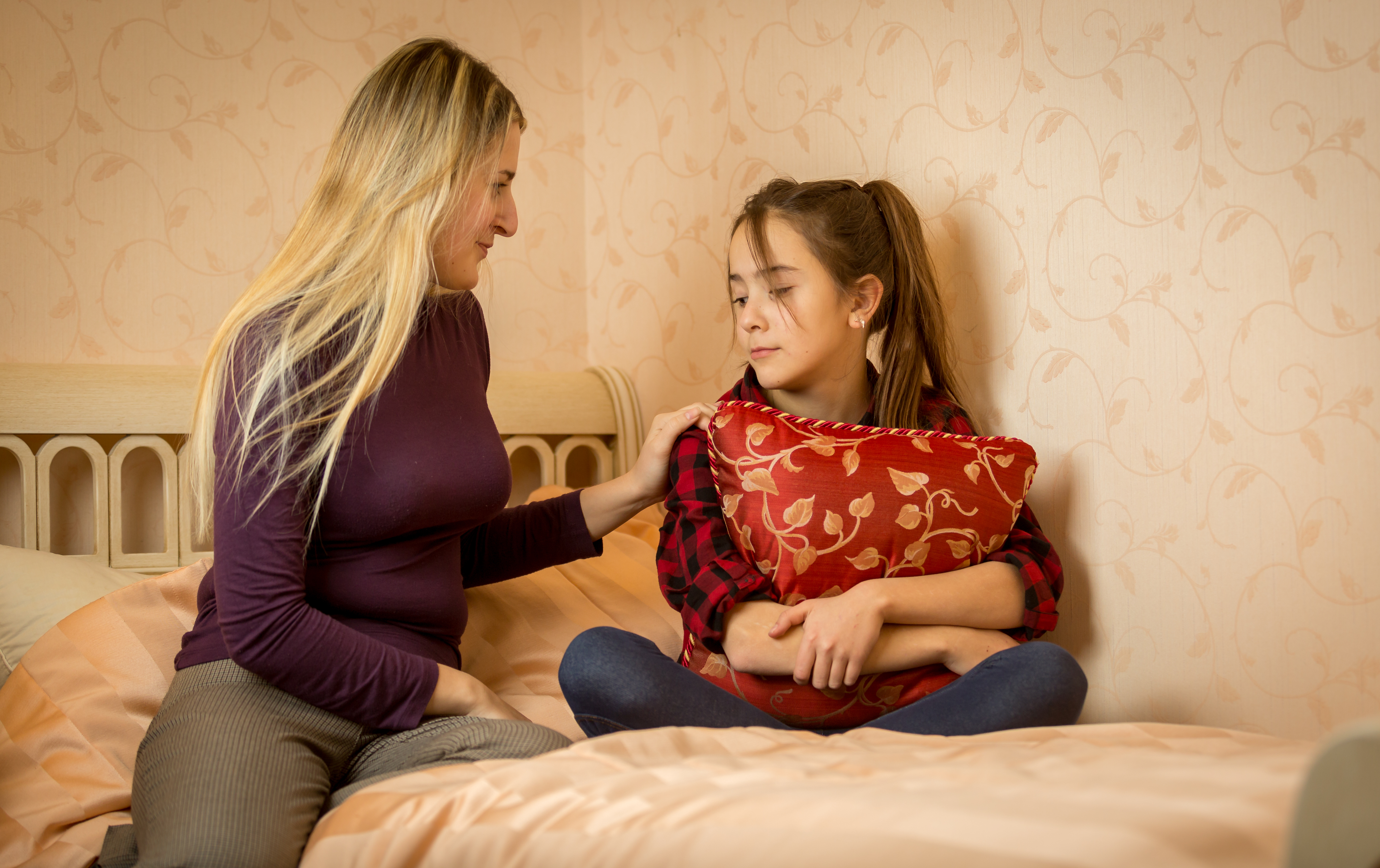
The fluctuating emotions of parenting can be trying and wondrously ever changing. It may seem like your child tiptoed into this new phase as it sneaks up on some parents. It can be a tumultuous time for all. It’s a beautiful thing to watch our babies become toddlers then kids then tweens then teens then dare I say it? Adults! Navigating through the developmental shifts and their newfound independence is an experience we are blessed to have. That being said, it’s not always easy.
So, how do we stay connected or “ get connected” to our teenagers?
1. Validate their feelings. This is new and scary territory for them and they need to feel supported. They will not come out and ask for your validation, but they need it now more than ever just as we all do. Even if they want to hibernate because of a pimple, sleep until 5 minutes before they leave for school or change a class because it’s boring, we should respect their feelings. This does not always entail giving in to irresponsible demands.
2. Encourage them. Just as we advise to encourage children (specifically and thoughtfully), we need to be mindful to continue this with our teens. Good self-esteem is critical and delicate at this age as they experience peer pressure, new relationships and a biological need for independence.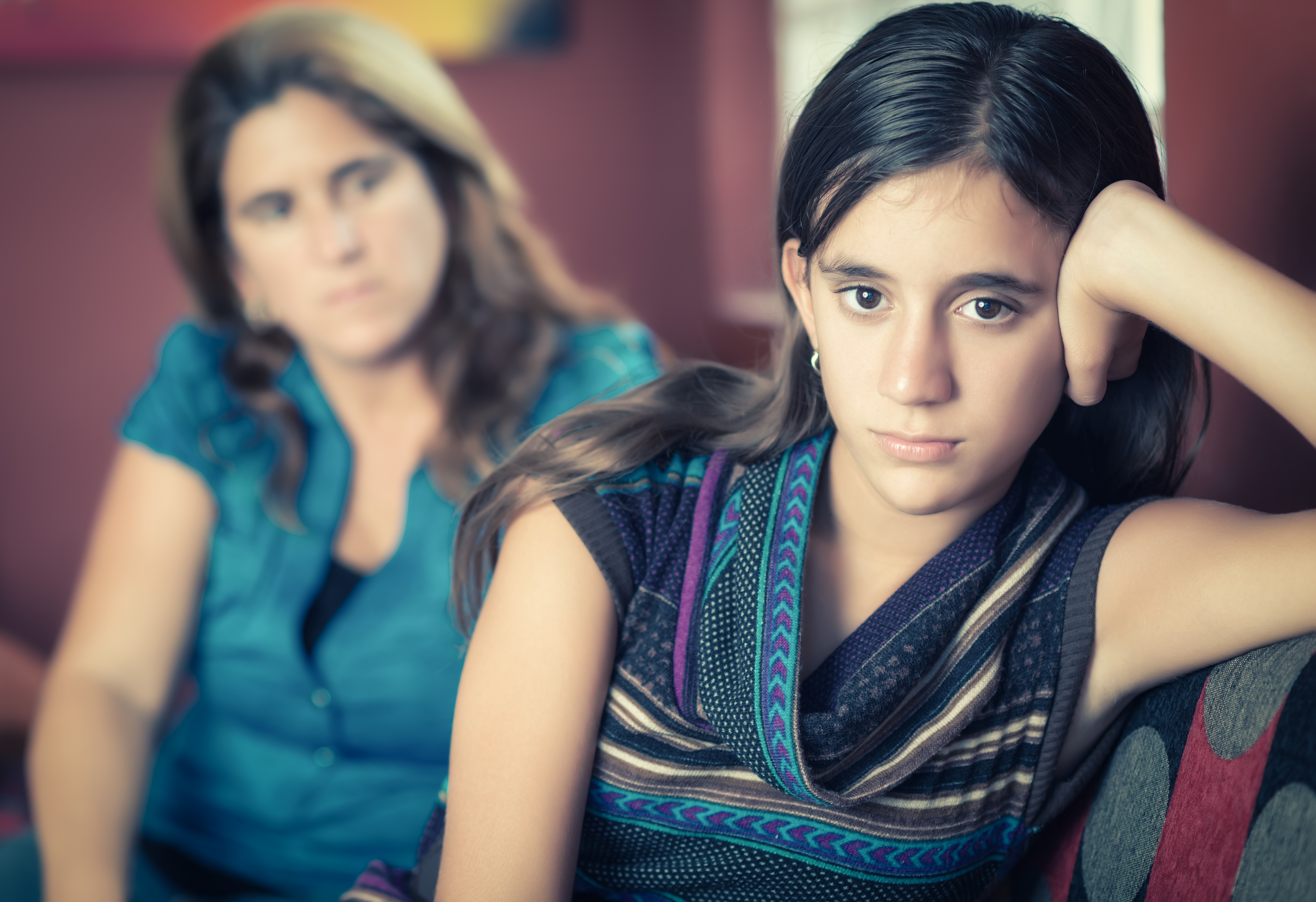
3.Communicate. Don’t “helicopter” but be involved and keep talking. The more you model honesty and communication, the more comfortable they will be developing those attributes. Know where they are, what they are googling, how they are performing academically and who they are choosing to socialize with, but don’t get too involved either. Here’s that “ balancing act” again as you give them space to fail and problem solve while still being aware of their struggles and strides. You can’t get there without communicating with them ( not with their friends, siblings, friend’s mothers, doctors). Converse about peer relationships, friendships and their feelings about their life’s happenings. Speak openly, directly and with open- ended questions ( rather than ask “ how was your day?”, ask “ what was a positive thing that happened today?” Or “ how was your math test?”. This invites them to share and allows you to gain some perspective. Ask the hard questions once in awhile. The ones you are hesitant about because you may not like their answers.
4. Keep things fun. Try not to get caught up in the serious, parental, disciplining role 24 hours/day. Allow yourself some space to relax, laugh and be spontaneous. Ice cream for dinner once in a long while will not kill anyone. Let down your “mom or dad voice” and converse on their level. This is not being best friends with your child, it is creating a two-way, mutually respectable, fun loving relationship.
5. Teach them. Don’t change the tire for them, teach them how to change it. Warn them about safety, awareness and good decisions, being careful not to create anxiety. After all, making good decisions requires clear thinking. When was the last time you were overly anxious about something and could make a solid, informed, well thought out decision? Teach them to schedule their own doctor appointments, show up for them and speak to the doctors during the exam. As a physician, I expect teenagers to converse with me and answer my questions. They are the only ones who know how they feel physically and emotionally. I personally speak to every teen alone at each well check up for this reason. They need to have an open forum to ask personal questions. We need to teach them in a language they understand on their level.
So many more…to be continued.
Dr. S



